Aromatherapy is the art and science of using essential oils for improving or Greek, Roman, Chinese, and Indian have used aromatherapy to maintain health and beauty. All ancient civilizations – Egyptian, for their physical and mental well-being.
The term “Aromatherapy” can be misleading as it suggests that it is a form of healing that works exclusively through the sense of smell. This is not the case, as each essential oil has an individual combination of constituents that interact with the body’s chemistry in a direct manner. It is important to recognize that essential oils have three distinct modes of action with regard to how they interrelate with the human body: pharmacological, physiological and psychological.
The pharmacological effect is concerned with the chemical changes that take place when an essential oil enters the blood stream and brain and reacts with hormones and enzymes etc.; the physiological mode is the way the essential oil affects the system of the body, that is, whether they are sedated or stimulated; the psychological effect takes place in response to the smell of the essential oil with the limbic (memory/emotion) part of the brain.
For Aromatherapy to be effective, essential oils need to enter the body in one of two ways; one, physically through the skin and secondly through the olfactory system. Once the essential oils come into contact with the skin they are immediately assimilated into the circulatory system where they are carried to the various systems and organs. 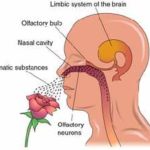
When essential oils are inhaled, their unique molecules penetrate the limbic system in the brain. The limbic system, sometimes referred to as our “old” brain, is responsible for our memories and emotions. The brain, in turn, releases certain neurochemicals, causing positive changes throughout the body. It is best to use essential oils as external remedies only. This is due to the high concentration of the essential oils and the potential irritation or damage they could cause to the mucous membranes and delicate stomach lining.
Essential oils are non-oily aromatic liquids occurring naturally in various parts of plants, herbs, flowers, fruits, woods and spices. They contain the life force of the plant and have the ability to strengthen our immune system and to stimulate our bodies’ natural healing abilities.
Like herbalism, Aromatherapy draws on the healing powers of the plant world. However, instead of using the whole plant, it employs only it’s essential oil.
This potent, aromatic substance is housed in the tiny glands on the outside or deep inside the roots, woods, leaves, fruits or flowers of the plant. Most plants contain essential oils, but often in such minimal amounts that extraction would not be worth the effort or the price of the essential oil would be too high.
Essential oils are highly concentrated and in most cases must be diluted prior to use. Such concentration has some advantages. For example, essential oils don’t take up much room and can be easily transported. They can be combined with each other in a variety of ways for many different purposes.
Essential Oils:
Essential oils should be labeled “Pure Essential Oils”. There is a temptation by distillers and suppliers of essential oils to extend or stretch the essential oil. This greatly reduces or negates the therapeutic value of the essential oil, depending on what it has been extended with.
Essential oils will vary in price, depending on the amount of plant material required, the extraction process and the availability of the plant from which the essential oil is extracted. They should always be kept in dark glass bottles as they are extremely sensitive to light. The shelf life of essential oils varies.
A citrus essential oil has the shortest shelf life of approximately one year, after which it will gradually lose its therapeutic actions. Some essential oils, such as rose, sandalwood, rosewood and patchouli actually get better with age, much like fine wine.
There are hundreds of essential oils, which between them constitute an extremely effective medical system. Many of these are the active ingredient in drugs prescribed by the orthodox Western system of medicine, or the inspiration for synthetic copies. These concentrated liquids are indispensable to medicine, and to the food and cosmetic industries.
Some examples of the disinfectant properties of essential oils:
* The essential oil of cinnamon kills the Typhus bacillus at a dilution of 1:300
* The essential oil of chamomile has considerable bacteriostatic properties due to the amount of azulene contained in it. Azulene is effective at a dilution of 1:2000 against the Staphylococcus and thehemolyticbeta streptococcus (causes scarlet fever and rheumatic fever).
* Infected wounds have been healed using a dilution of 1:17000.
* The essential oil of lemon neutralizes Meningococcus , Typhus bacillus , Pneumococcus and Staphylococcus within 5 – 20 minutes.
In order to kill bacteria in the air, Professor Griffon carried out the following experiment: Mixtures of various essential oils were sprayed as mists in a room. The development capacity of the germs suspended in the air was studied before and after spraying. Before the test there were 210 germs, of which 12 were molds and 8 staphylococci. Within 30 minutes, the essential oils had destroyed all the molds and staphylococci.
Related Essential Oils Articles

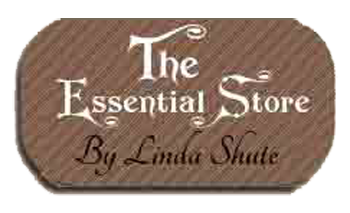


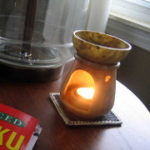
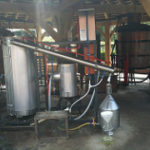
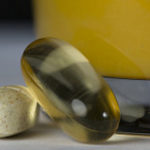
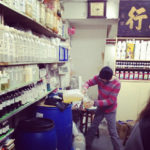

Leave a reply